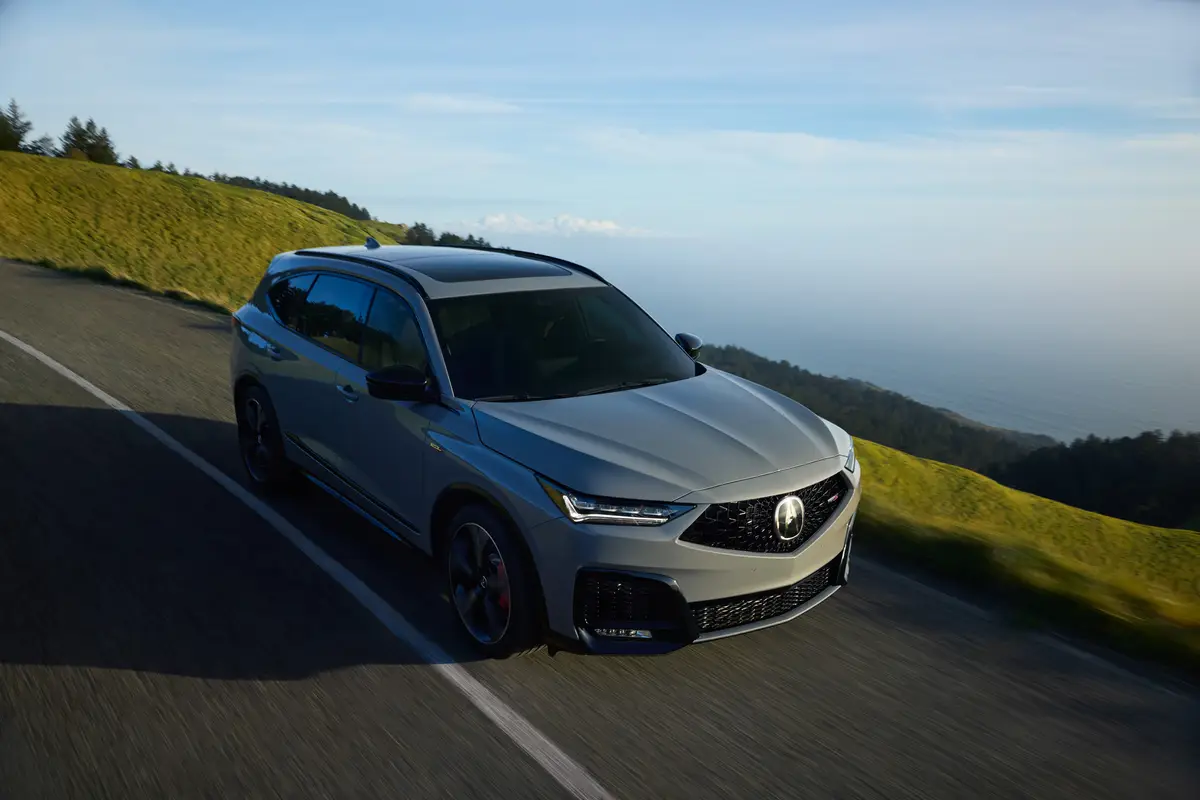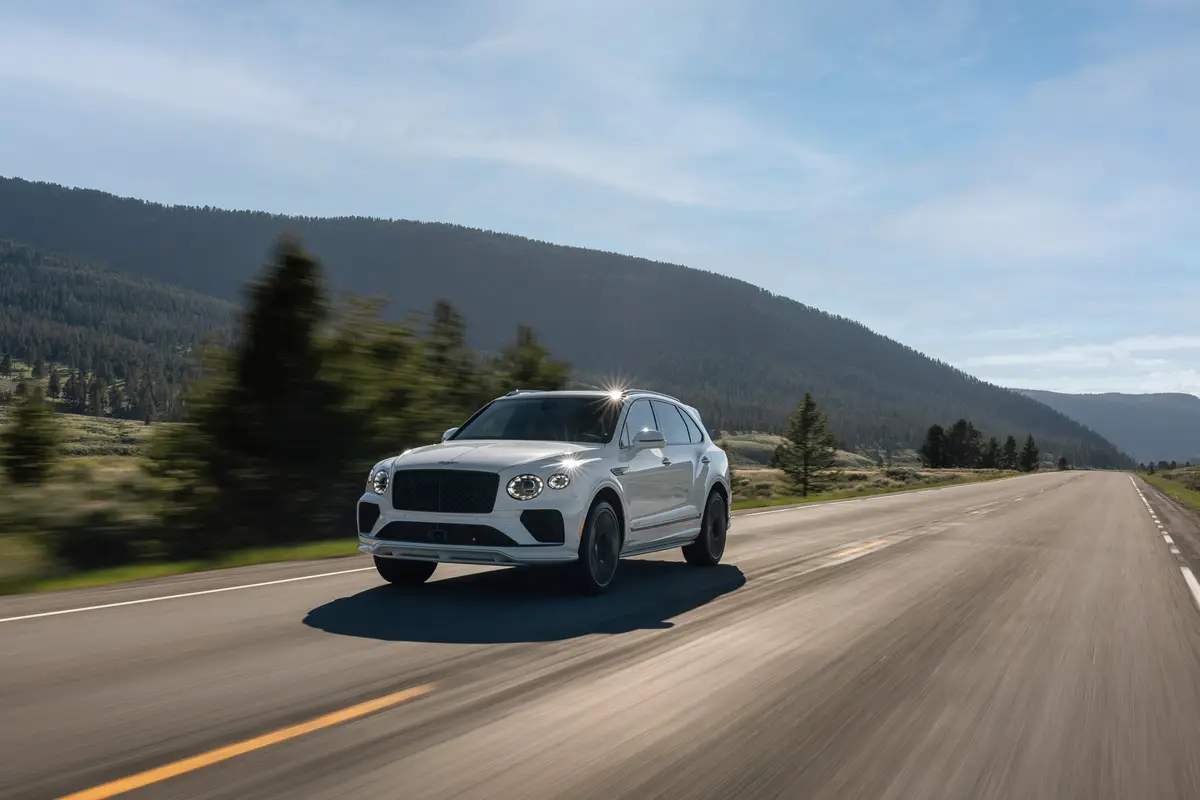The Morning Call and Mcall.com's view
One of the frequent complaints heard from people when shopping for a car is the high cost of new cars. To be sure, today’s new car is more expensive than a new car 10 years ago but, when you think about it, so is everything else.
There are, however, a number of moderately priced cars available. You really can’t call them cheap since nothing is cheap these days, but they are less expensive than a lot of buyers think. It is not always easy to find a bottom-of-the-line, no-frills, no-thrills car. I believe there are several reasons for this. Dealers don’t like to sell them because the profit margin is so slight, consumers don’t like to buy them because most want a number of options and a higher level of trim, and those who buy them don’t want to admit they were too cheap to buy a more expensive model.
Which brings us to today’s test car, a Nissan Sentra Standard 2-Door expensive cars available these days but a car that is technologically up to date. The test car – supplied by Rothrock Motor Sales (Nissan, Dodge, Chrysler-Plymouth) 15th Street and Route 22 – was bright red in color and looked a bit sportier and more expensive than it actually was. I don’t want to get into the whole psychology of color but a brightly colored car seems to be more of an eye grabber than, say, gray. To be fair, gray can look expensive but only on an expensive car.
The Sentra Standard was one of the few cars tested that caused people to comment (after looking over the sticker on the window) on how low priced it was. Sort of the reverse sticker shock. So as not to prolong the suspense, the full price on the test car was $5,384 – a base of $5,199 and delivery charges of $185.
You may ask what you get in a car with a base price only a bit over five thousand. Well, as expected, not much. You know right off the bat the car is not going to have air conditioning, AM-FM stereo and leather upholstery, but other things you don’t get are items generally taken for granted such as a cigarette lighter, armrests and wheel covers.
However, I was surprised at some of the standard items on the test car. For example, standard equipment included a rear window defogger, power brakes, five-speed manual transmission, steel-belted radials and intermittent windshield wipers. The level of exterior and interior trim, on the other hand, was minimal.
The Sentra is, indeed, a small car. It has a wheelbase of 94.5 inches, overall length of 167.3 inches, width of 63.8 inches, height of 54.5 inches and curb weight of 1,945 pounds. Despite its diminutive size, drivers (as well as front seat passengers) of all heights and weights shouldn’t have any problem fitting in because the front-wheel drive configuration allows for more room in the passenger compartment. I’m sure many larger people will be surprised at how much room the front seats offer, especially when you consider that the Sentra is a subcompact. Th e older front engine/rear drive Japanese subcompacts (Nissan and others) weren’t noted for their spaciousness, but if you want to sell a car these days you have to offer decent room, no matter what size category the car falls into. Like other subcompacts, rear seat leg room was tight, especially when the front seats were extended fully back.
The interior is a bit spartan. The Standard’s seats are upholstered in a thick vinyl which is not the most aesthetic in the world but is tough and long lasting and ideal for sloppy children. One slam of the door and you realize there is not a lot of sound-proofing material spread throughout the car. There is, however, a thick headliner that should absorb some of the mechanical and road noise. All-in-all, the interior was livable. The only real problem was the front seat belts did not work. They just wouldn’t snap together. So much for Japanese infallibility.
If the Sentra Standard sounds too, well, standard for you, th re are plenty of other Sentras – all with higher level s of trim and appointments 2- door Sedan, $6,349; Deluxe 4-door Sedan, $6,549; MPG Diesel 2-door Sedan, $6,749; XE 2-door Sedan, $6,949; Deluxe Wagon, $7,049; XE 4-door Sedan, $7,149; XE 2-door Hatchback Coupe, $7,449, and XE Wagon, $7,649. You will notice there is a big jump from the Standard to the next model.
No matter what model, all Sentras share the same running gear. The engine is a transverse-mounted, single overhead cam, four-cylinder rated at 69 horsepower and 92 foot pounds of torque which is plenty of power for a car weighing less than 2,000 pounds. Performance is quite acceptable for all Lehigh Valley driving conditions. The Standard is offered with only one transmission, a five-speed manual. (Other gasoline engine models are available with an optional three-speed automatic. The diesel only comes with a four- speed manual.)
Gasoline mileage, as should be expected, was quite good. The test car averaged 25 miles per gallon for city driving and 38 mpg over Lehigh Valley highways. The Sentra was driven through two snowstorms, so I suspect mileage could be higher under better driving conditions.
The Standard does not have power steering on its rack-and-pinion system (nor is it offered as an option) but I doubt anyone will have trouble driving or parking it. The Sentra is obviously not a 300ZX when it comes to handling (nor is it a 300ZX when it comes to price) but it is easy to drive and predictable. It even features four-wheel independent suspension – MacPherson struts up front and trailing-arm geometry and coil springs in the rear – and negative scrub-radius steering geometry.
The Sentra Standard is easy to take in price and, if you can forego some of the frills, easy to get along with. However, I suspect most buyers will spring for the extra bucks for a more expensive model. But, then, that’s what the Sentra Standard is all about.
Latest news



